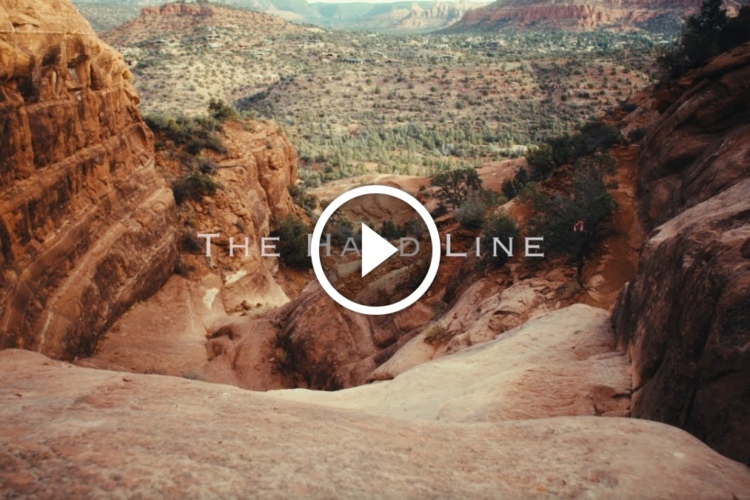
When I rolled up to the Ibis tent at Cyclofest, I was a little bummed to see they only had plus versions of the new Mojo 3 available to demo. I’ve ridden a few plus bikes, but I’ve found that they do best on open terrain where you can sustain your speed. The trails at the Whitewater Center are exactly the opposite – they’re tight and twisty with constant up and downs. If nothing else, the trails are a great place to put a drivetrain through its paces. A “meh” ride is still better than no ride at all, so off I headed on the plus bike.

I’ve always thought that Ibis made good-looking bikes, but the 130mm travel Mojo 3 is especially pretty. It still has the double diamond front triangle that is unmistakingly Ibis, but it has been reworked slightly to improve standover clearance and to add room for a water bottle. Sporting a glossy red paint job, the bike screams speed. The chunky Ibis 741 carbon rims and 2.8″ Schwalbe Nobby Nic tires balance the sleek aesthetics of the frame nicely. While many brands make their 29er frames compatible with plus wheels, Ibis took a slightly different route. They designed the Mojo 3 to work with 27.5″ tires from 2.3″ wide up to 2.8″. For the why, check out Greg’s article covering the launch of the bike earlier this year.

The Mojo I rode was spec’d with a 140mm RockShox Pike, a Fox Float shock, SRAM’s X01 shifter and rear derailleur, RaceFace Turbine cranks, SRAM Guide brakes, a Thomson stem, and KS LEV dropper. Retail for this spec is $6,200, but that doesn’t factor in the upgraded wheels.

As soon as I jumped on the bike, I thought it felt small. I hopped off to check that I was in fact riding a size large frame. Checking the geometry chart after the fact, I learned that the reach on the large Mojo 3 is 438mm, a full 22mm shorter than my personal bike. When Ibis redesigned the Mojo, they made it slacker with a 66.8 degree head tube angle, and shortened the chainstays to 425mm, but they didn’t stretch out the top tube as far as some other brands.

However, once I made it through the first couple of turns, I forgot all about the tire size, the spec, and the geometry. I was too busy trying to find the limits of traction, boosting every little rise, and generally hucking everything in sight – all with a shit-eating grin on my face. In general, I’ve found plus tires to offer marginally better traction, not the life-changing-oh-my-god-this-is-insane traction many have claimed. Well, whatever is in Mojo’s sauce had me riding like a superhero. I would throw myself into corners thinking, “surely this will make me slide out.” Nope. Corner after corner I was laying the bike farther and farther over – and coming out upright.

I try to avoid hyperbole – especially when we’re talking about a short test ride – but to me, the Ibis Mojo 3 is the best plus bike I have ridden to date. And the reason I liked it so much was precisely because it didn’t feel like a plus bike. It felt like a light, playful, mid-travel trail bike with ludicrous traction.
If you’ve doubted the merits of plus bikes, swing your leg over a Mojo 3.






















9 Comments
Oct 28, 2016
Oct 28, 2016
Nov 1, 2016
Dec 9, 2016
Oct 28, 2016
Oct 28, 2016
More than anything though, I'd like to try the large Mojo 3 on some more demanding terrain to see how it does during sustained high speed descents.
Oct 31, 2016
For comparison, the current size large Yeti SB6 has a reach of 447mm. Yetis gets credit for being one of the early companies on the LLS geometry train, but they are by no means at the long end of the spectrum any more.
Oct 29, 2016
You may be good on a Kona as well--even they tend to run shorter than average in the top tube. Even running a little longer on newer models still only brings them up to average on most models.
Yeti's on the other hand are always long or at least long-ish.
Oct 29, 2016